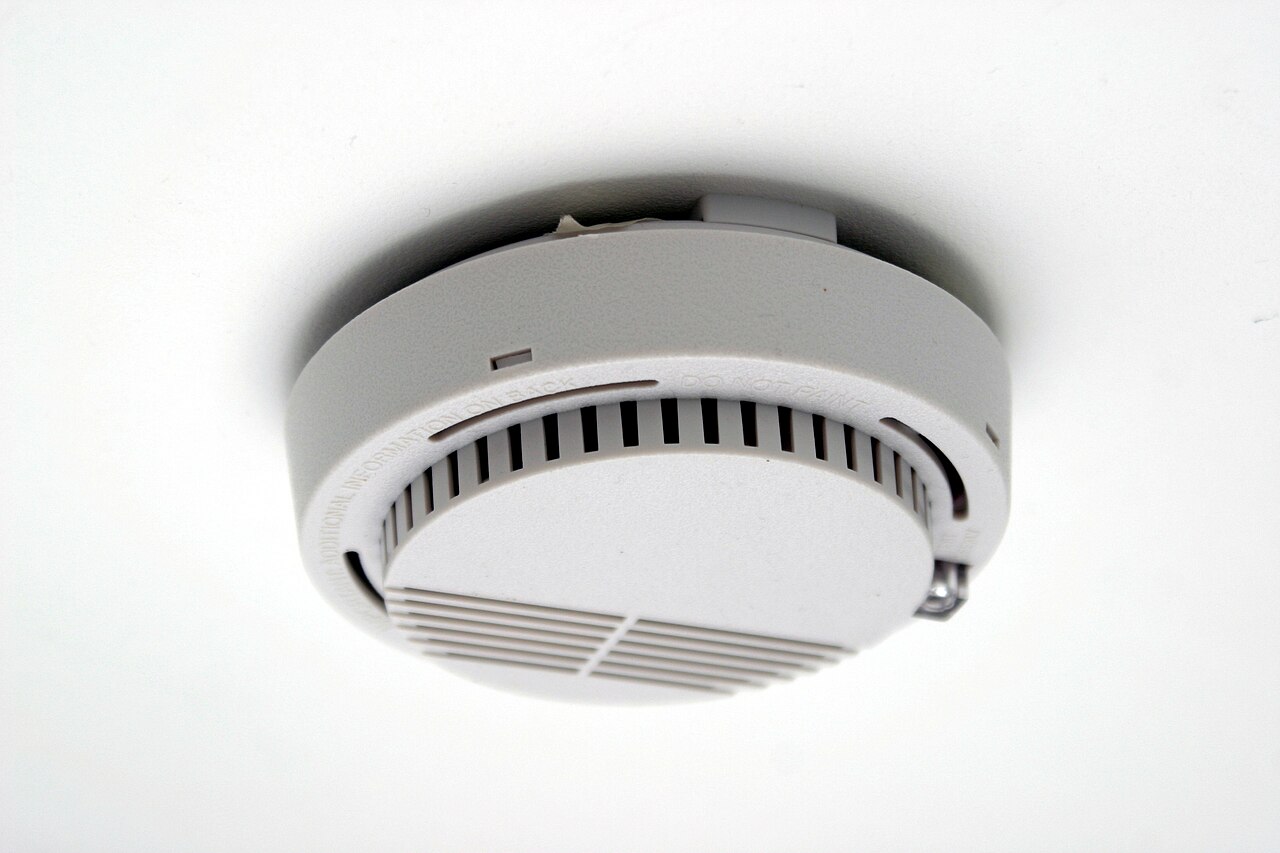
Smoke alarms are a vital part of fire safety in homes and businesses, but they can sometimes go off when there’s no real danger. One of the most common culprits behind false alarmsis dust and debris.
It might seem surprising, but the tiny particles in dust can interfere with the sensitive sensors inside smoke detectors, leading to false triggers. Understanding why this happens—and how to stop it—is key to keeping your fire alarm system reliable and effective.
Let’s take a closer look.
How Dust And Debris Trigger Smoke Alarms
Most smoke alarms work using one of two main technologies: ionisationor optical (photoelectric) detection. Both types are sensitive to airborne particles like dust and dirt, though they detect them in different ways.
Ionisation Smoke Alarms
Ionisation alarms are particularly responsive to small particles from fast-flaming fires. They contain a small amount of radioactive material between two electrically charged plates, which ionises the air and creates a current. When smoke enters the chamber, it disrupts this current and triggers the alarm.
However, dust particles can mimic the effect of smoke. When they enter the chamber, they disturb the ionised air in much the same way as smoke, leading to a false alarm.
Optical (Photoelectric) Smoke Alarms
Optical smoke alarms use a light beam and a sensor. In normal conditions, the beam passes straight across without hitting the sensor. When smoke particles scatter the light, it bounces onto the sensor and activates the alarm.
Dust can interfere in a similar way—if enough particles are present, they can scatter the light and trigger the alarm even when there’s no fire.
Why Dust And Debris Are A Problem
Several factors make dust and debris a persistent issue for smoke alarms:
Airborne Particles
Dust is made up of fine particles that float in the air. These can easily be moved by draughts, fans, or ventilation systems, and often find their way into smoke detectors.
Gradual Buildup
Dust naturally collects over time, especially in homes that aren’t cleaned regularly or in areas with high foot traffic. Alarms near windows, vents, or ceiling fans are especially prone to dust exposure.
Heating And Ventilation Systems
Air conditioning or heating systems can stir up dust and carry it directly into detectors. If air filters aren’t changed regularly, this can make the problem worse.
Location-Specific Dust
Kitchens, garages, attics, and workshops tend to generate more dust and airborne debris due to cooking, mechanical work, or stored materials. Alarms placed in these areas are more likely to give false alerts.
How To Prevent Dust From Triggering Smoke Alarms
Fortunately, preventing dust-related false alarms doesn’t have to be complicated. Here are some effective ways to reduce the problem:
Clean Alarms Regularly
Routine maintenance can prevent dust from building up in the sensor chamber. To clean your smoke alarm:
· Switch off the power(for mains-powered alarms) before cleaning.
· Use a vacuum cleaner with a soft brush attachment to gently clean around the sensor and the vent holes.
· Wipe the exterior with a slightly damp, lint-free cloth.
· Press the test buttonafterwards to make sure the alarm is still working correctly.
Cleaning should be done every 6 months, or more often if you live in a particularly dusty environment.
Install Alarms Away From Dusty Areas
Placement is crucial. Try to avoid installing smoke alarms:
• Close to kitchens, where cooking particles and steam can set them off.
• In garages or workshops, where dust from tools, vehicles, or building materials is common.
• Near windows, vents, or ceiling fans, which can blow dust into the alarm.
If necessary, consider using a heat detector instead of a smoke detector in areas like kitchens or garages.
Choose Dust-Resistant Models
Some modern smoke alarms are designed with dust-resistant features, such as sealed chambers or fine mesh screens that block dust but allow smoke through. These are ideal for areas prone to dust and can help reduce the frequency of false alarms.
Maintain Your Ventilation System
A well-maintained HVAC system will circulate cleaner air. Change filters regularly—every 1 to 3 months depending on usage and filter type. High-efficiency filters can trap finer particles and help reduce the dust in your home.
Consider Optical Alarms In Certain Areas
While ionisation alarms are better at detecting fast-flaming fires, optical alarms are less prone to false alarms from dust and cooking. For living rooms, hallways, and bedrooms, an optical alarm may be the better choice.
The Importance Of Preventing False Alarms
Dust and debris are common causes of false smoke alarms, yet they are often overlooked. These tiny airborne particles can interfere with both ionisation and optical detectors, leading to frustrating and unnecessary disruptions. The good news is, with a bit of routine cleaning, thoughtful alarm placement, and proper system maintenance, you can significantly reduce the chances of this happening.
A smoke alarm that goes off unnecessarily isn’t just a nuisance—it can lead to complacency, where people start ignoring alarms altogether. Taking a proactive approach ensures your smoke alarms remain accurate, trustworthy, and ready to protect you and your family when it matters most.